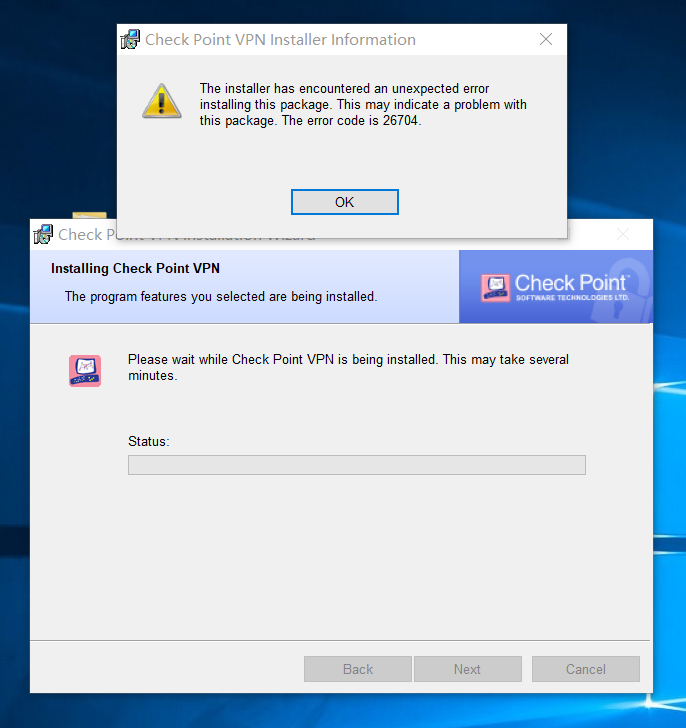
If encapsulation bytes are increasing and decapsulation is constant, then the firewall is sending but not receiving packets. If the firewall is passing traffic, then both values should be increasing. Check if encapsulation and decapsulation bytes are increasing. This is usually not required when the tunnel is between two Palo Alto Networks firewalls, but when the peer is from another vendor, IDs usually need to be configured. A mismatch would be indicated under the system logs, or by using the command: If incorrect, logs about the mismatch can be found under the system logs under the monitor tab, or by using the command: If incorrect, logs about the mismatch can be found under the system logs under the monitor tab, or by using the following command: Check if the firewalls are negotiating the tunnels, and ensure that 2 unidirectional SPIs exist:. Check if vendor id of the peer is supported on the Palo Alto Networks device and vice-versa. To check if NAT-T is enabled, packets will be on port 4500 instead of 500 from the 5th and 6th messages of main mode. 
Configuring packet filter and captures restricts pcaps only to the one worked on, debug IKE pcap on shows pcaps for all VPN traffic.

> view-pcap no-dns-lookup yes no-port-lookup yes debug-pcap ikemgr.pcap Messages 5 and 6 onwards in the main mode and all the packets in the quick mode have their data payload encrypted:
To view the main/aggressive and quick mode negotiations, it is possible to turn on pcaps for capturing these negotiations. For detailed logging, turn on the logging level to debug:. Use filters to narrow the scope of the captured traffic. Take packet captures to analyze the traffic. If incorrect, logs about the mismatch can be found under the system logs, or by using the following CLI command: 
If a clean-up rule is configured, the policy is configured usually from the external zone to the external zone. Usually this policy is not required if there is no clean-up rule configured on the box. Check that the policy is in place to permit IKE and IPSec applications.Check that the IKE identity is configured correctly.Check for the responses of the "Are you there?" messages from the peer in the system logs under the Monitor tab or under ikemgr logs.

If pings have been blocked per security requirements, see if the other peer is responding to the main/aggressive mode messages, or the DPDs.Ensure that pings are enabled on the peer's external interface. To rule out ISP-related issues, try pinging the peer IP from the PA external interface.It is divided into two parts, one for each Phase of an IPSec VPN. This document is intended to help troubleshoot IPSec VPN connectivity issues.








 0 kommentar(er)
0 kommentar(er)
